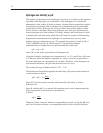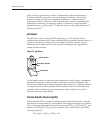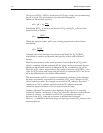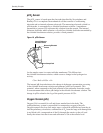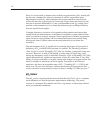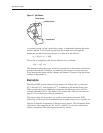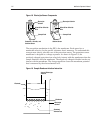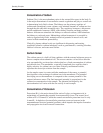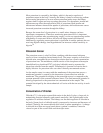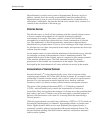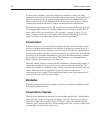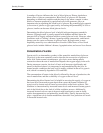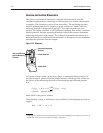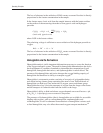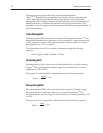
Operating Principles IĆ15
Concentration of Sodium
Sodium (Na
+
) is the most abundant cation in the extracellular space in the body. It
is the major determinant of extracellular osmotic regulation and plays a central role
in determining body fluid volume. The kidneys are the primary regulator of
sodium and consequently water volume; only minimal amounts of sodium are lost
through the skin and other insensible sites. Two regulatory hormones, aldosterone
and the antidiuretic hormone (ADH), affect kidney function and hence sodium
balance. Aldosterone stimulates the kidneys to reabsorb sodium; ADH stimulates
the kidneys to reabsorb water. Maintaining sodium homeostasis is essential in
order to regulate body fluids, maintain electrical potential in muscle cells, and
control cellular membrane permeability.
Clinically, plasma sodium levels are significant in diagnosing and treating
conditions related to sodium imbalance, such as gastroenteritis, vomiting, diarrhea,
Addison’s disease, and acute renal failure.
Sodium Sensor
The sodium sensor is a half-cell that combines with the external reference sensor to
form a complete electrochemical cell. The sensor contains a silver/silver chloride
wire surrounded by an electrolyte solution that has a fixed concentration of sodium
and chloride ions. The membrane, a specially formulated glass capillary that is
highly selective for sodium ions over other clinically encountered cations,
separates the electrolyte solution from the sample.
As the sample comes in contact with the membrane of the sensor, a potential
develops due to the exchange of sodium ions in the membrane. The potential
developing across the membrane is compared to the constant potential of the
external reference sensor. The final measured potential is proportional to the
sodium ion concentration in the sample. The potential developed by the
electrochemical cell varies with the ion activity in each sample.
Concentration of Potassium
Potassium (K
+
) is the major intracellular cation. It plays an important role in
maintaining cell membrane potential in neuromuscular tissue. The normal level
within cells is 150 mmol/L, while the normal extracellular potassium level is only
4 mmol/L. A depletion of extracellular potassium causes an increase in the
transmembrane electrical potential gradient, which impedes the impulse formation
and propagation involved in muscle contraction.




